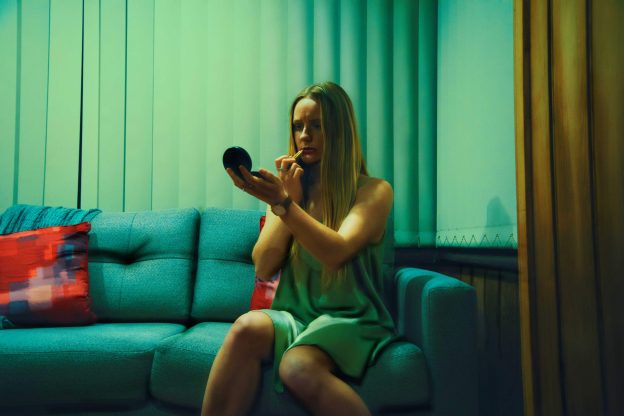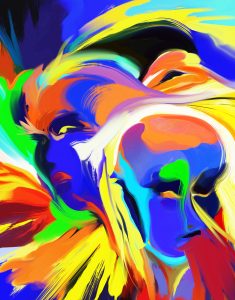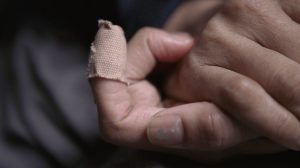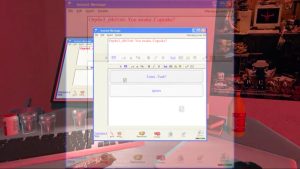with BITTERSWEET
photographs by HANNA HETHERINGTON
I’ll start with the image of a ship lost, capsized, torpedoed, or a ship after collision, sunken salvage crumpled somewhere on the ocean floor. The wreckage of the hull, the mast, the majestic figurehead now headless, and the dead: having been trapped to drown, or having nobly steered straight down, deep into those watery depths, to Atlantis.
As I often do, I’ll use myself as raw material, trying as I may to write my way out of such a wreck. Or not writing, as I instead look vainly to find and salvage all that’s been lost, sailing through this Covid-colored tempest and fog, thick with boredom and grief and fear. This is where we began SALVAGE: looking about at our families, our friends, and at ourselves, as we all try to muster the will to reconstruct life from a strange kind of rubble. It’s rubble that contains all the pieces of our former lives, but has been dismembered, or broken almost beyond repair. So we ask ourselves through long, weary days that seem to stretch all the way to that taunting and cruelly beautiful horizon called “the future”: What can possibly be salvaged now? And what have we forever lost?
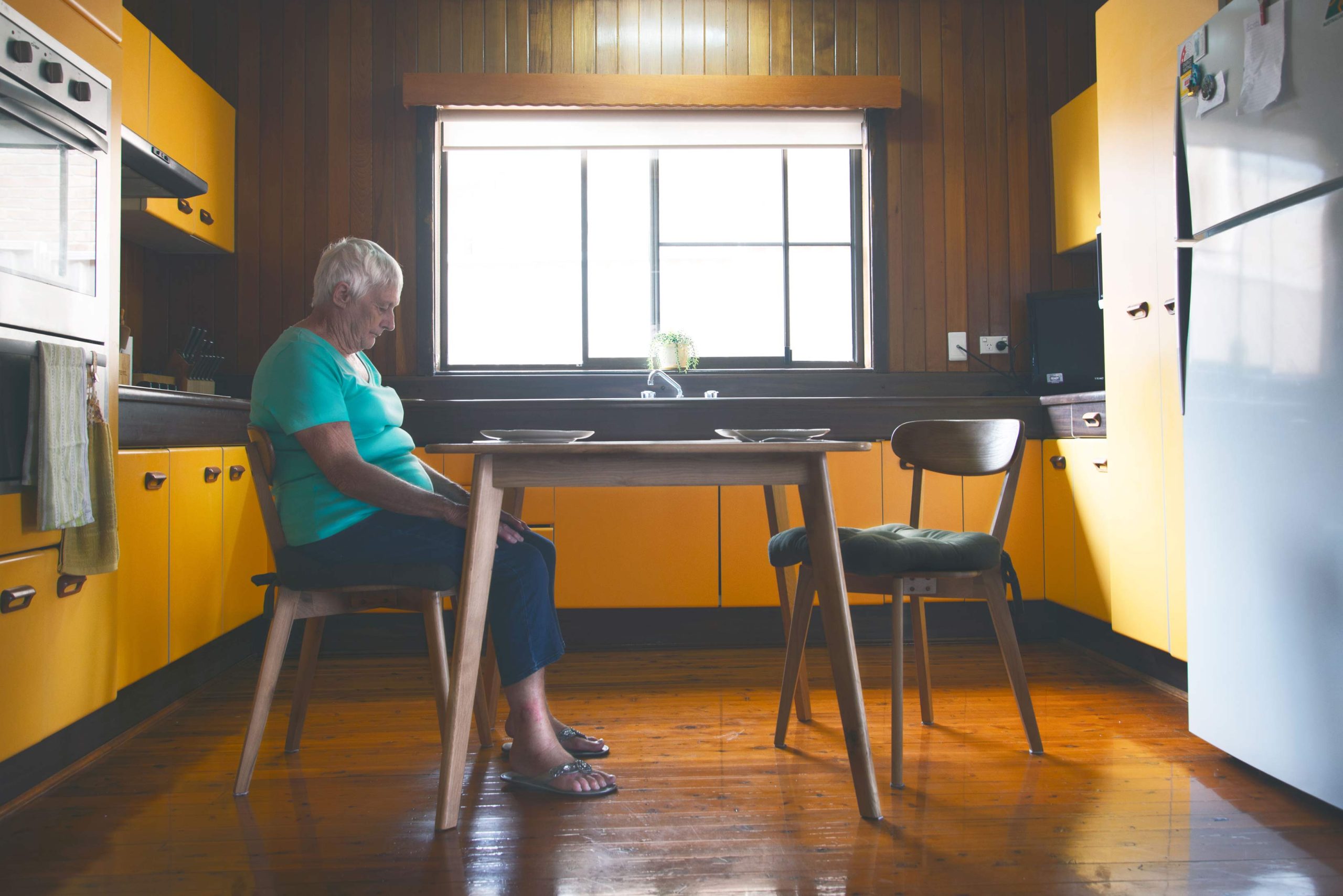
The Meal
In this issue there are forms of salvage that cannot be redeemed: salvage killings in the Philippines, the salvage that remains after war, the salvage and mutation of America’s history of indentured servitude into the repressed and repressive reality of the American Dream. And yet, as these writers unearth nightmarish wreckages to dust them off and hold them up for us to see, they do offer a kind of hopeful salvaging. In looking straight at the horrors and brokenness of violence and repression—what glimmers underneath is the tender, new growth of other possible worlds, worlds growing secretly, in the empty, earthen places within the rubble.
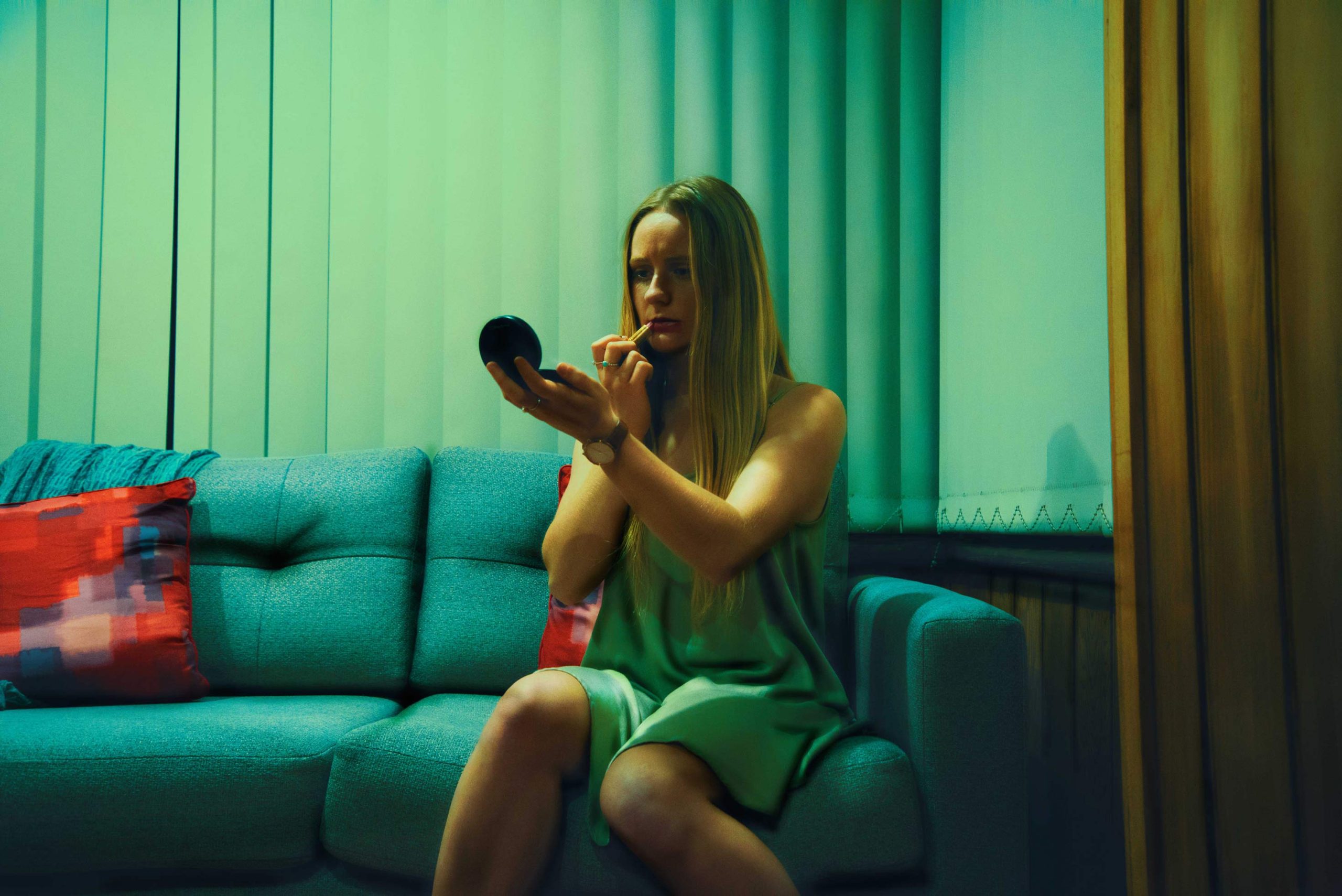
The Date
And there are tender salvagings here too: materials pulled from the demolition site or the dump—reclaimed, scrubbed clean, put into a changed formation, and made proudly new. As presented in the fashion shoot and short fiction that follows, this kind of salvage is imbued with the spirit of forgiveness, not as patronization, but as a momentary opening that reveals interconnectedness: across class, across continents, across the cold, calculated severity of computerized life, and sometimes, across species. Through all the salvaging attempted or suggested in what follows here, weaves rescue: rescue from loss at sea, or rescue of those indentured for life by debt, or rescue of those threatened with salvage as death. And what is rescue—of wreckage, or of us—but the sweet taste of liberation, and setting free?
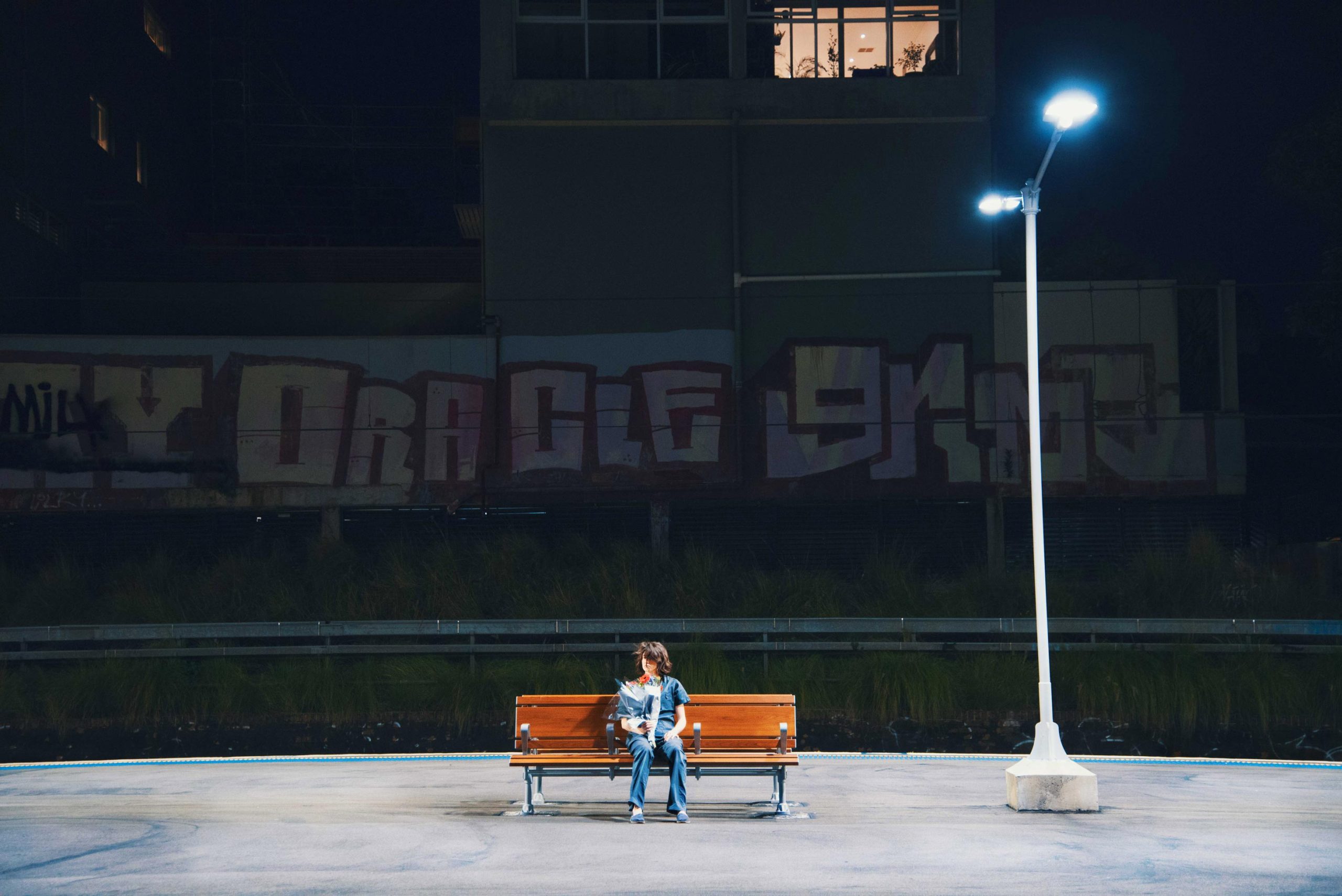
The Station
In this issue you’ll find: an essay tracing the history of salvage killings in the Philippines. You’ll see documentary photography showing glimpses of life in the neighbourhoods of Accra, Ghana. You’ll find prose-poetry on the reverberations of the Biafra War, and a CGI-rendered world healing itself after destruction. You’ll find carefully staged photographs meditating on desire and loss, as well as a playful performance that celebrates what might be learned from other species. You’ll find short fiction that tells the story of a stolen bangle, and the opening of the space of forgiveness. You’ll find a short essay on the ways the American Dream continues to permeate a collective subconscious. And you’ll find a fashion editorial depicting the glitch of a digital fashion experiment, and the remaking of a fashion shoot as reclamation of one lost.
BITTERSWEET
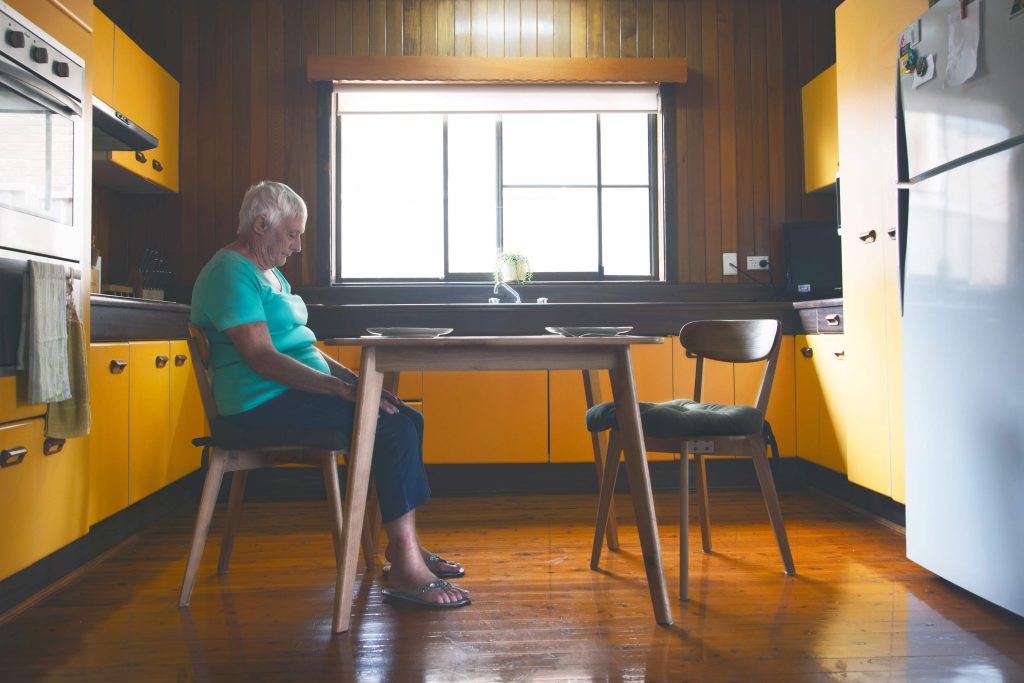
This series of photographs is inspired by the psychoanalytic theory of Jacques Lacan—”objet petit a” and the unattainable object of desire.
Bittersweet explores the connection between reality and illusion. Focusing on material society and our obsession with image and desire, narratives are staged within a frame. Elements synthesize together to construct alternate worlds and explore the idea of the photograph as a vicarious object of desire.
This project narrates scenes of life where flawed characters search for an absolution to their desire. Immersed in inner perception and detached from the perceptible world, they live within their own destructive delusions in an attempt to salvage their broken hopes and dreams.
Bittersweet is a reflection of the mechanist workings of the medium of photography. The idealistic worlds projected by the illusions in a photograph are bittersweet; they are worlds that are dreamed of but can never truly be obtained. The physical photograph influences and acts as a window to our own desire. The audience is privileged a keyhole view as they peer into another world, and what is witnessed is the synthesis that manifests between the viewer and viewed, between external perception and reality.
– Hanna Hetherington
ANNE MARIE WIRTH CAUCHON editor
Anne Marie Wirth Cauchon is Editor-in-Chief of Stillpoint Magazine, and Creative Director of the PrairieCare Institute’s Center for Applied Psychoanalysis, the mother of two, a PhD candidate in English and Comparative Literature at the University of Minnesota, and the author of the novel Nothing.
HANNA HETHERINGTON photographer
Hanna Hetherington is an Australian artist, photographer, and writer based in Berlin. Creative narratives drive her artistic practice in exploring the discovery of self through stories of tension, mystery, and ambiguity. Working with both analogue and digital mediums, her visual work is strongly influenced by the concept of staged photography. Through the portrayal of human consciousness her work aims to question the representation of reality.
© Copyright for all texts published in Stillpoint Magazine are held by the authors thereof, and for all visual artworks by the visual artists thereof, effective from the year of publication. Stillpoint Magazine holds copyright to all additional images, branding, design and supplementary texts across stillpointmag.org as well as in additional social media profiles, digital platforms and print materials. All rights reserved.
